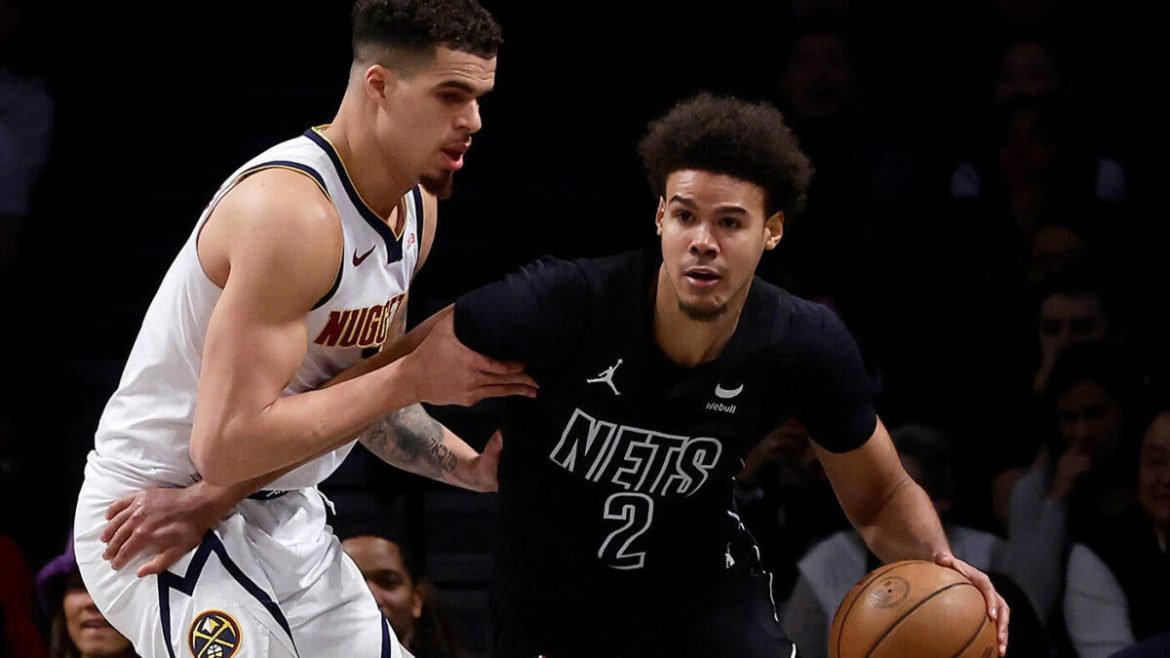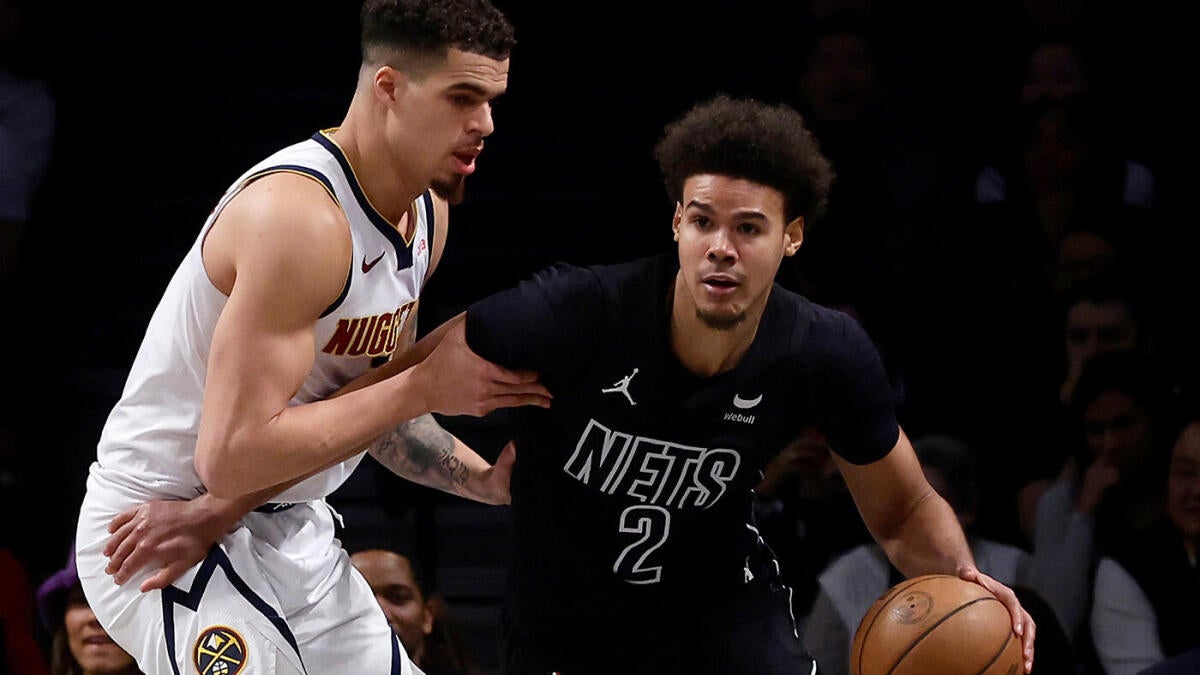The recent trade involving Michael Porter Jr. has sparked significant discussion within the NBA community, highlighting the contrasting priorities and strategic visions of the Denver Nuggets and Brooklyn Nets. The deal, which saw the Nuggets send Porter Jr. to the Nets in exchange for Cameron Johnson and an unprotected 2032 first-round draft pick, underscores the nuanced decision-making processes that shape modern NBA roster construction.
The Evolution of Michael Porter Jr.
Michael Porter Jr. entered the NBA as a highly touted prospect, but his career trajectory has been marked by both promise and setbacks. Initially unranked before the 2020-21 season, Porter Jr. gradually established himself as a key contributor for the Denver Nuggets, particularly during their championship run in 2023. His offensive versatility, including his ability to stretch the floor and score efficiently, made him a valuable asset. However, his defensive limitations and recurring injury concerns raised questions about his long-term fit within Denver’s championship-contending roster.
Porter Jr.’s role in Denver became increasingly uncertain as the Nuggets sought to optimize their roster around Nikola Jokic, the reigning three-time Kia MVP. While Porter Jr. provided valuable scoring off the bench, his inconsistency and injury history made him a less reliable option for a team aiming to sustain its championship window. This dynamic set the stage for Denver’s decision to explore trade possibilities, ultimately leading to the deal with the Brooklyn Nets.
Strategic Divergence: Nuggets and Nets
The trade reflects the starkly different strategic priorities of the Nuggets and Nets. For Denver, the acquisition of Cameron Johnson and a future first-round pick represents a calculated move to bolster their roster’s depth and flexibility. Johnson, known for his three-point shooting and defensive versatility, provides the Nuggets with a more consistent and reliable option at the wing position. His addition addresses a key area of need for Denver, which has prioritized maintaining a balanced and versatile roster capable of competing at the highest level.
Moreover, the unprotected 2032 first-round pick adds significant value to the deal, offering Denver additional draft capital that can be used to further strengthen their roster or trade for other assets. This forward-thinking approach aligns with the Nuggets’ goal of sustaining their championship aspirations while also planning for the future.
In contrast, the Brooklyn Nets are in a different phase of their franchise development. The acquisition of Michael Porter Jr. represents a bet on his potential to develop into a cornerstone player for the team. While Porter Jr. brings inherent risks, including his injury history and defensive shortcomings, the Nets see him as a high-upside talent who can anchor their offensive system. His youth and scoring ability make him an attractive piece for a team looking to rebuild or retool its roster.
Trade Grades and Long-Term Impact
Analysts have generally graded the trade as a win-win scenario for both teams, highlighting how each organization addressed its specific needs. For the Nuggets, the acquisition of Cameron Johnson and a future first-round pick provides immediate role-player value and long-term flexibility. Johnson’s consistency and defensive prowess fill a critical gap in Denver’s roster, while the draft pick offers additional avenues for roster improvement.
For the Nets, the trade represents a strategic investment in youth and potential. Michael Porter Jr.’s scoring ability and offensive versatility give Brooklyn a foundational piece around which they can build their roster. While his development remains uncertain, the Nets are betting on his ability to thrive in a new environment and contribute significantly to their long-term success.
Broader Implications for the NBA
The Porter Jr. trade exemplifies the complex decision-making processes that NBA teams undertake when evaluating talent, fit, and future opportunities. Denver’s decision to part ways with Porter Jr. reflects a preference for stability and draft assets that can accrue value over time. By acquiring Johnson and a future first-round pick, the Nuggets have positioned themselves to maintain their championship window while also planning for the future.
Meanwhile, the Nets’ acquisition of Porter Jr. demonstrates their willingness to embrace risk in pursuit of long-term success. By betting on his potential to develop into a star player, the Nets are taking a calculated gamble that could pay significant dividends if Porter Jr. fulfills his potential. This approach underscores the importance of strategic alignment and roster architecture in the modern NBA.
Conclusion: A Pragmatic Win-Win Transaction
The trade involving Michael Porter Jr. serves as a compelling case study in the strategic alignment of NBA teams with divergent timelines and priorities. For the Denver Nuggets, the acquisition of Cameron Johnson and a future first-round pick represents a pragmatic move to bolster their roster’s depth and flexibility. The addition of Johnson addresses a key area of need, while the draft pick offers additional avenues for roster improvement.
For the Brooklyn Nets, the acquisition of Michael Porter Jr. represents a strategic investment in youth and potential. While his development remains uncertain, the Nets are betting on his ability to thrive in a new environment and contribute significantly to their long-term success. This approach underscores the importance of strategic alignment and roster architecture in the modern NBA.
Ultimately, the trade showcases how two teams with different strategic visions can find mutual benefit in the same transaction. The Nuggets have positioned themselves to sustain their championship aspirations while also planning for the future, while the Nets have taken a calculated gamble on a high-upside talent. Both teams have accomplished key goals, making this transaction a fascinating case study in strategic alignment and pragmatic roster architecture.





